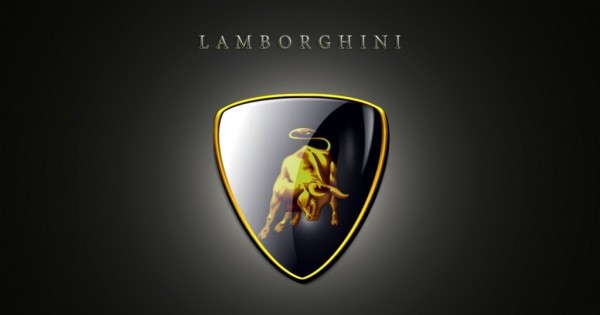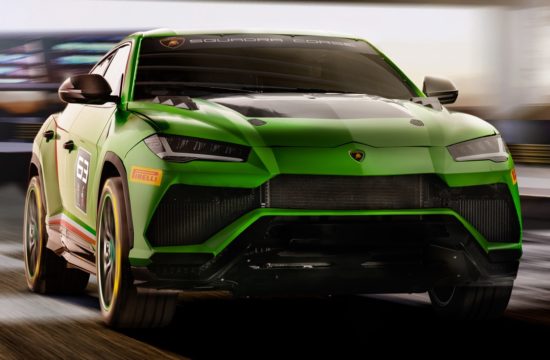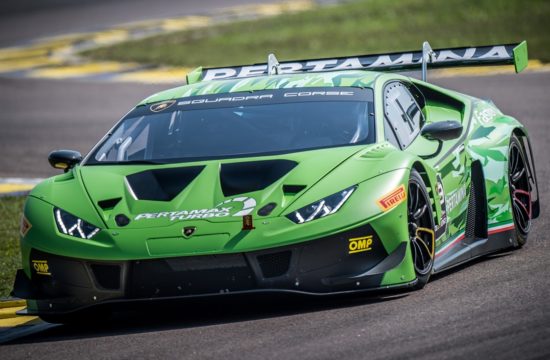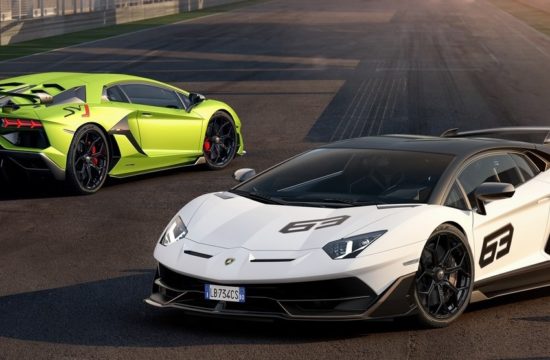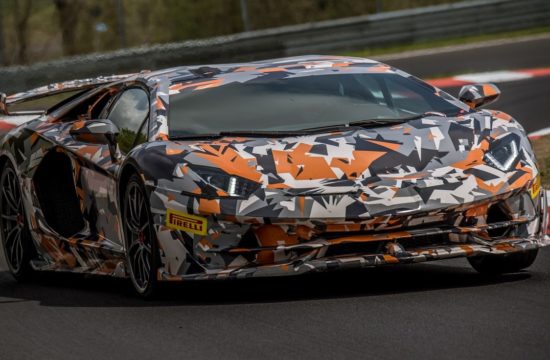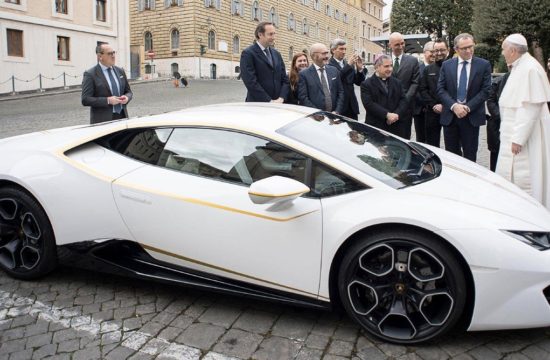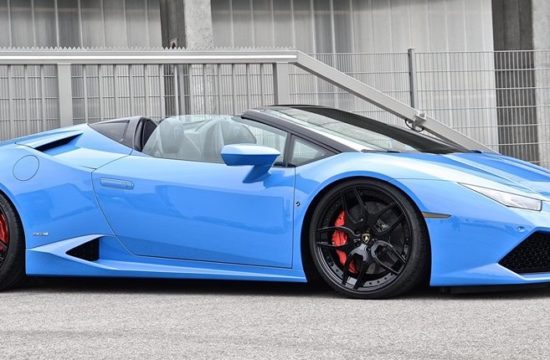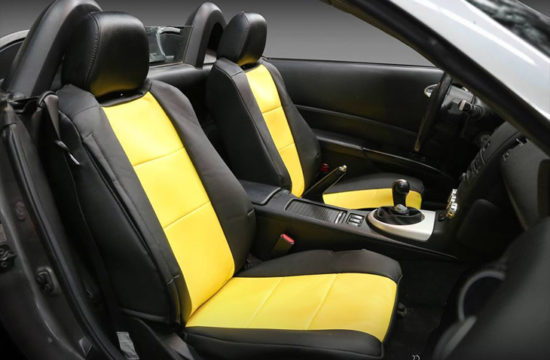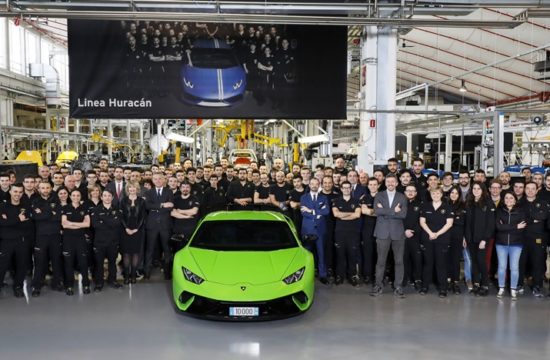There are carmakers out there that claim to build the cheapest cars. Others brag about impeccable quality. Some come up with the best engines, while many claim their models achieve the best fuel economy. However, few actually manage to build iconic cars that turn heads both at motor shows and on the street and are extremely loved and appreciated even decades after being retired.
And one of these carmakers is Lamborghini. The Italian company based in Sant’Agata Bolognese, whose history began in 1963 out of Ferruccio Lamborghini’s ambition to build a better sports car than Ferrari, offers some of the most exclusive cars available on the market today. Just by saying its name you will get a strong reaction from almost every piston head out there and this is mainly due to Lamborghini’s history of impressive models such as the Miura, Diablo or Murcielago.
One of the details that add to Lamborghini’s extravagant brand image is its vehicle nomenclature, because every car enthusiast knows that almost all Lamborghinis are named after famous bulls. The idea first occurred to Ferruccio Lamborghini in 1962, after visiting the Miura Cattle Ranch in Sevilla, owned by Don Eduardo Miura Fernandez, one of the most famous Spanish fighting bull breeders. The bulls’ sheer strength and agility later became an inspiration source for Ferruccio, especially with him being a Taurus (he was born on April 28, 1916).
The first “bulls”: Miura and Espada
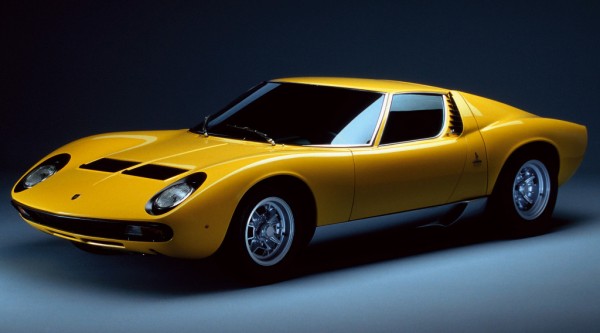
The first Lamborghini whose name was inspired from the bullfighting world was the Miura, which was launched in 1966. Considering how impressed Ferruccio was by his visit in Spain, he couldn’t have chosen a better name for his first legendary car, an homage brought to the man whose passion gave birth to a special bull breed. The fourth Miura built was offered by Ferruccio to Don Eduardo at his Sevilla ranch as a sign of gratitude.
The Lamborghini Miura was extremely well received ever since the first prototype, called the P400, debuted at the 1966 Geneva Motor Show. An interesting story about this debut is that the design was finished just a few days ahead of the show and there was no time left for engineers to check if the engine would fit. So the engine compartment was filled with ballast and no one was allowed to look under the bonnet during the show. Despite this, the P400 was the star of that year’s edition and the designer, Marcello Gandini (which had just been hired by Bertone the year before), received a lot of attention. As for the P400, it went into production as the Miura, starting a long naming tradition that, with a few exceptions, lasts until today. The model was also the first Lamborghini to feature the newly designed logo, which represents a fighting bull, another sign of Ferruccio’s passion.
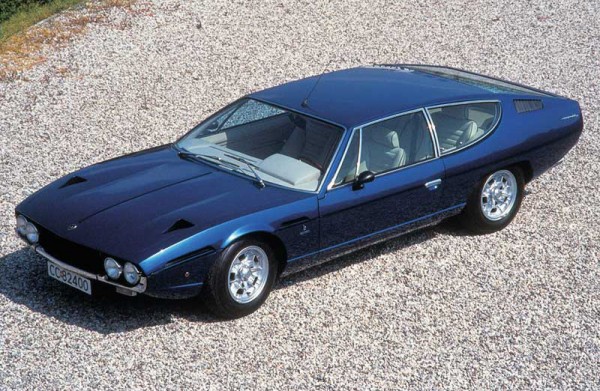
After the Miura came the four-seat Espada, the first Lamborghini to actually achieve commercial success, with more than 1,200 units sold during a production run that lasted for ten years. It was designed by the same Marcello Gandini and its name comes from the Spanish word “espada” which means “sword”, as in the one used by bullfighters.
Reventon and Islero, bulls that killed in the arena
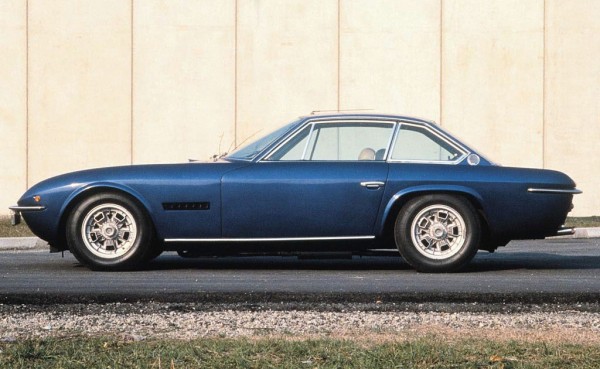
Before the Espada, the second car whose name came from the bullfighting world was the Lamborghini Islero, which was launched in 1968. Islero was a Miura bull that killed famous bullfighter Manolete on August 28, 1947. Even though the bull had poor eyesight, his right horn chop was extremely dangerous. Manolete wasn’t aware of that and as he tried to thrust his sword over the bull’s horns, he received a fatal hit that severed his femoral artery. He was immediately rushed to the hospital, but nothing could be done and he was pronounced dead.
As for the car, it was created as a replacement for the 400GT and even though the prototype was extremely innovating, with gullwing doors and large glass windows, Ferruccio didn’t approve that design and went for a more conservative look, expressing his desire to create a conventional and reliable grand tourer. Apparently customers didn’t share his vision, because the car was a commercial failure, with only 125 units sold in two years.
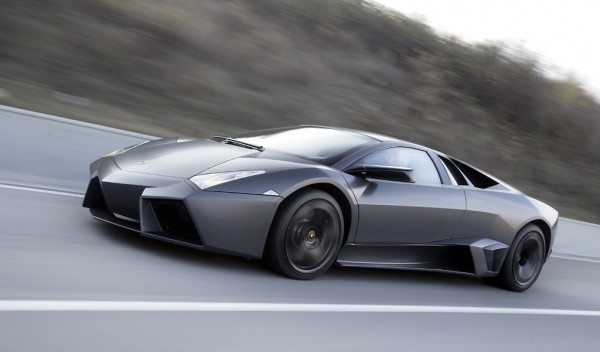
Another bull that became famous after killing a bullfighter was Reventon. This was not a Miura bull, instead it was raised by famous breeder Don Heriberto Rodriguez and his name stands for “burst” or “small explosion” in Spanish. Reventon killed famous Mexican bullfighter Felix Guzman during a fight in 1943. As for the car, it is probably one of the finest pieces of machinery the Italian carmaker has ever built. Priced at around 1.5 million Euros, the car was based on the highly acclaimed Lamborghini Murcielago LP640 but featured an entirely new exterior and interior, inspired from fighter jets. Only 20 models were built, with the first one going to Lamborghini Las Vegas (apparently bought by Khalid Abdul Rahim, a wealthy business magnate from Bahrain) and the last one to Lamborghini Birmingham (even though there are some reports about two or three extra units being delivered).
Diablo and Murcielago, the bulls that earned their right to live
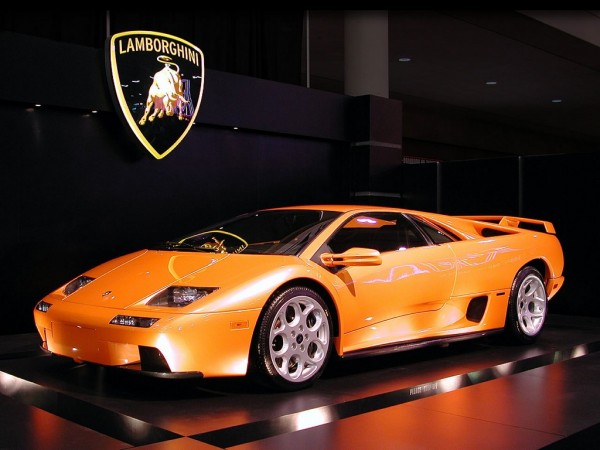
Perhaps one of the most popular Lamborghini model in history, the Diablo takes its name from a bull raised by Duke de Veragua which was involved in a legendary battle with the bullfighter “El Chicorro” on July 11, 1869. Also, in Spanish, “diablo” stands for “devil”. The car is often considered one of the first modern supercars, featuring an outstanding design and impressive performance figures. What’s interesting is that even though Marcello Gandini, the one who designed the Miura and the Countach, was supposed to design the car, Lamborghini’s new owners at the time, Chrysler, didn’t approve the design and had it “smoothed out” in Detroit. Gandini was extremely displeased with the result and he later went on to create the Cizeta V16T, which represents his vision on how the Diablo should have looked like. But one thing’s for sure, that the Lamborghini Diablo still remains an icon, Jeremy Clarkson calling it “the biggest head-turner in the world”. It was also one of the most commercially successful Lamborghinis, with 2884 units were produced between 1990 and 2001.
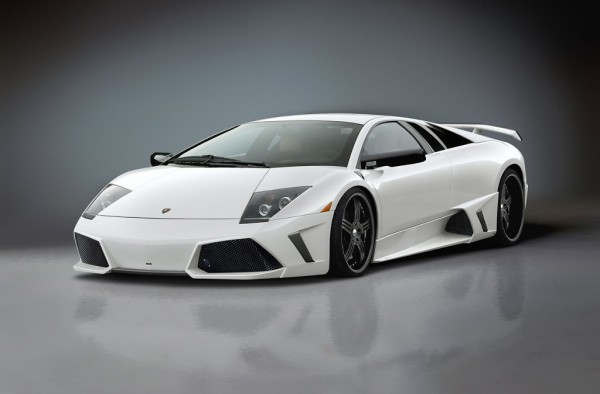
Another bull that earned the right to live after an impressive performance in the arena was Murcielago (Spanish for “bat”). Ten years after Diablo’s fight, Murcielago survived 24 sword strokes against Rafael Molina Sanchez during a bullfight in Cordoba, Spain in 1879. Both the audience and the matador were so impressed with the bull that his life was spared and it was offered as a gift to Don Antonio Miura, being one of the first bulls in the famous Miura line. There are some controversies around this story’s accuracy, many claiming it’s just a promotional story because apparently Miura started breeding bulls 30 years before the Murcielago fight, not to mention that many doubt the bull’s survival after being stabbed 24 times. However, the truth is that the “legend” sounds too good not to at least try and accept it. As for the car, it was developed as the Diablo’s successor as Lamborghini’s flagship and it was the last model to be powered by Lamborghini’s famous V12 engine, which was replaced by a new design starting with Murcielago’s successor, the Aventador. The Murcielago was built between 2001 and 2010 and during this time more than 4,000 units were sold.
Gallardo and Jalpa, bull breeds with tradition
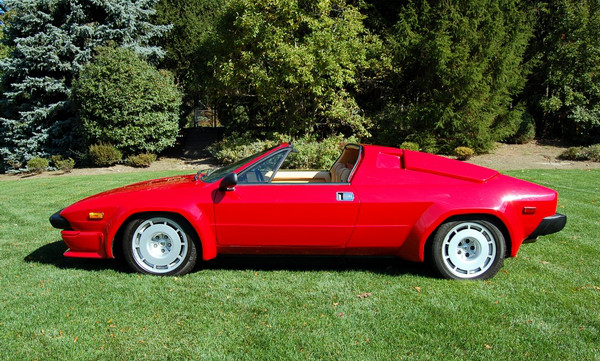
We must not also forget the Lamborghini Jalpa, named after a breed of Spanish fighting bulls, a car that was created as a more affordable alternative to the Countach flagship. Designed by Bertone (just like the Countach), the Jalpa was powered by a V8 engine that produced 255 hp. Priced a lot lower than the Countach, the Jalpa accelerated from 0 to 62 mph in 6.0 seconds and reached a top speed of 145 mph. Since its market debut in 1981, 410 units were sold, making it Lamborghini’s most popular V8 model, but sales started declining in the second half of the ‘80s and the new owners, Chrysler, decided to stop production in 1988.
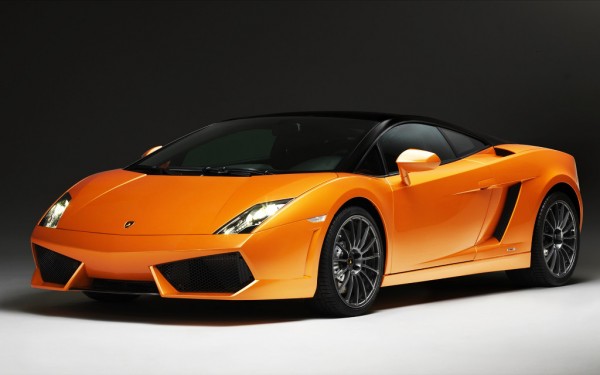
The other Lamborghini model named after a bull breed was the Gallardo, by far the most successful model ever built by the Italian carmaker, with more than 10,000 units sold since its launch in 2003. The model spawned many versions and special editions such as the convertible (Spyder), Superleggera, LP 560-4 or the LP 570-4 Super Trofeo Stradale. Its name comes from a famous bull breed, one of the five traditional Spanish bullfighting breeds. Also, “gallardo” means “gallant” in Spanish.
Another model whose name is inspired from bullfighting tradition was the Lamborghini Estoque, the concept car unveiled by the Italians at the 2008 Paris Motor Show. “Estoque” is the Spanish word for a type of sword used by bullfighters. Unfortunately, even though reception was good and production was planned, the four-door Lambo never became reality due to the sales and marketing considerations.
Countach broke the tradition
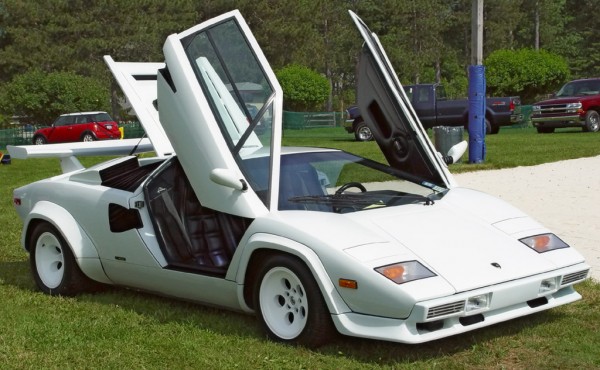
But of course, throughout Lamborghini’s history, there were several models that didn’t follow this tradition of having their names inspired from bullfighting. Perhaps the most famous is the Lamborghini Countach, which was launched in 1974 and was named after a Piedmontese exclamation of astonishment. The car was designed by the same Marcello Gandini and legend has it that Nuccio Bertone used this expression when he first saw the designs for the car (the expression is usually used by men when seeing a beautiful woman).
Two other exceptions followed, the Silhouette, the first Lambirghini with a targa top roof, produced between 1976 and 1979 and the legendary LM002, the first four-wheel drive Lamborghini and the first and only (so far) SUV built by the Italians (328 units were sold between 1986 and 1993, including a unique estate version created for the Sultan of Brunei).

